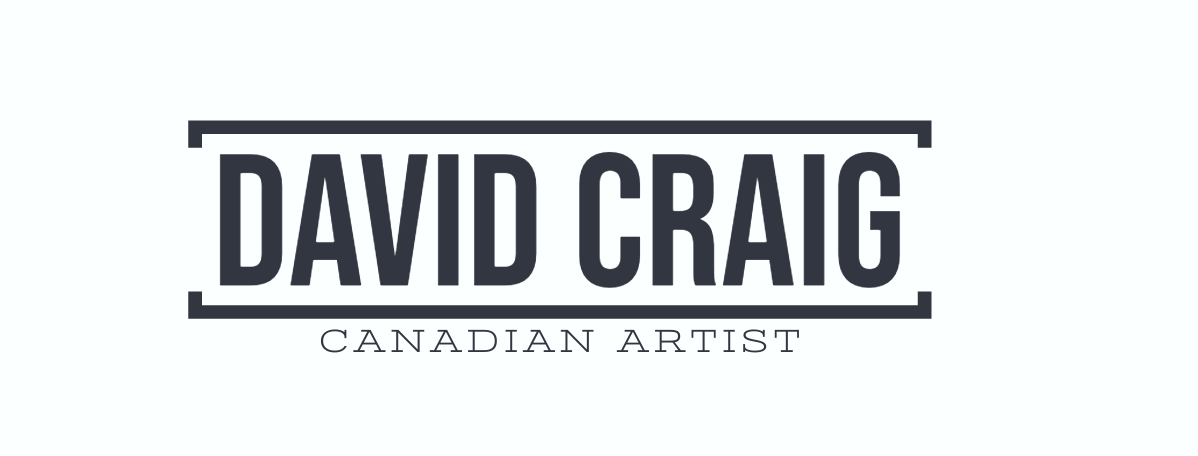Gettysburg
A Day that Changed America ,Gettysburg, November 19, 1863 - The Legendary Battle and the Address that Inspired a Nation
The Gettysburg Address, delivered by President Abraham Lincoln on November 19, 1863, stands as one of the most significant speeches in American history, resonating with themes of unity, liberty, and equality. The day Lincoln gave this address was in the wake of the Battle of Gettysburg, one of the most pivotal engagements of the American Civil War.
On the morning of November 19, 1863, the town of Gettysburg was still recovering from the intense and bloody battle that had taken place there from July 1–3, 1863. The battle itself was a turning point in the war, as the Confederate Army, led by General Robert E. Lee, was defeated by the Union forces under General George G. Meade. With over 51,000 soldiers killed, wounded, or missing, the aftermath of the battle left a scar on the landscape and its people. In the face of such heavy loss, President Lincoln visited the site to dedicate the Soldiers' National Cemetery, a burial ground for those who had perished.
Lincoln's address, though brief—lasting only about two minutes—captured the essence of the nation's struggle and the broader meaning of the Civil War. He famously began with "Four score and seven years ago," referencing the founding of the United States and the principles of liberty and equality enshrined in the Declaration of Independence. In his speech, Lincoln not only honored the fallen soldiers but also redefined the purpose of the war, stating that the nation was engaged in a "new birth of freedom" and that government should be "of the people, by the people, for the people."
This historic moment is complemented by various visual and tangible artifacts that reflect the gravity of the occasion. Detailed paintings by artist David Craig vividly depict scenes from the battle and the somber events of the day. Historical photographs capture the aftermath, showing soldiers, civilians, and leaders. Civil War artifacts, such as weapons, uniforms, and personal items, add a deeply human touch to the narrative, reminding us of the sacrifices made on both sides.
Pictorial maps of the battlefield and the town of Gettysburg help contextualize the locations where key events took place. Informative sidebars and features may provide insights into the logistical challenges of the war, the role of women during the conflict, or how the speech was received by contemporaries. All of these elements together weave a rich, multifaceted story of a defining moment in American history.
Abraham Lincoln prints available in our shop here.


